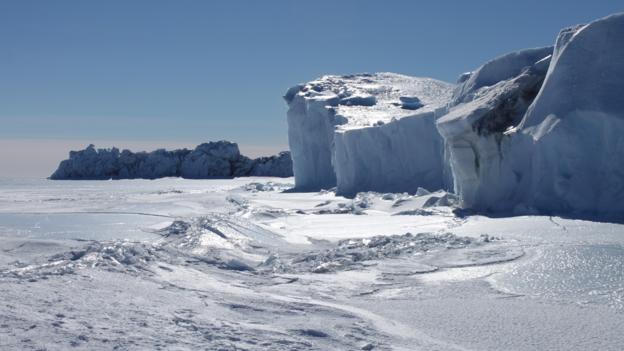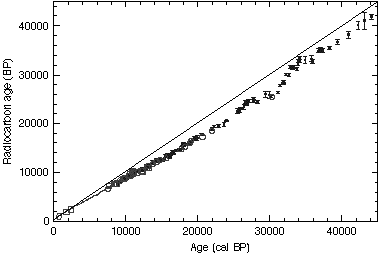The ten best evidences for a young earth and creation including sea floor sediment, soft tissue in fossils, carbon-14, short-lived comets, and more.
Continue reading...
Continue reading...
Strengthening families through biblical principles.
Focus on the Family addresses the use of biblical principles in parenting and marriage to strengthen the family.
Read daily articles from Focus on the Family in the Marriage and Parenting Resources forum.
#1: Very Little Sediment on the Seafloor
If sediments have been accumulating on the seafloor for three billion years, the seafloor should be choked with sediments many miles deep.

#2: Bent Rock Layers
In many mountainous areas, rock layers thousands of feet thick have been bent and folded without fracturing. How can that happen if they were laid down separately over hundreds of millions of years and already hardened?
Hardened rock layers are brittle.

#3 Soft Tissue in Fossils
Amazingly, the bone marrow contained what appeared to be flexible tissue. Initially, some skeptical scientists suggested that bacterial biofilms (dead bacteria aggregated in a slime) formed what only appear to be blood vessels and bone cells. Recently, Schweitzer and co-workers found biochemical evidence for intact fragments of the protein collagen, which is the building block of connective tissue. This is important because collagen is a highly distinctive protein not made by bacteria.
#4: Faint Sun Paradox
Evidence now supports astronomers’ belief that the sun’s power comes from the fusion of hydrogen into helium deep in the sun’s core, but there is a huge problem. As the hydrogen fuses, it should change the composition of the sun’s core, gradually increasing the sun’s temperature. If true, this means that the earth was colder in the past. In fact, the earth would have been below freezing 3.5 billion years ago, when life supposedly evolved.

#5: Rapidly Decaying Magnetic Field
The earth is surrounded by a magnetic field that protects living things from solar radiation. Without it, life could not exist. That’s why scientists were surprised to discover that the field is quickly wearing down. At the current rate, the field and thus the earth could be no older than 20,000 years old.
amenThe ten best evidences for a young earth and creation including sea floor sediment, soft tissue in fossils, carbon-14, short-lived comets, and more.
Continue reading...
I would like to know the difference, if any, there is in carbon dating when you take into account the atmospheric conditions pre-flood as opposed to those conditions after the flood. Would that have any bearing on the accuracy of items being carbon dated that existed pre-flood?amen
this stood out to me as a key issue
"The problem is, as we consider the topic of origins, all so-called “evidences” must be interpreted. Facts don’t speak for themselves. Interpreting the facts of the present becomes especially difficult when reconstructing the historical events that produced those present-day facts, because no humans have always been present to observe all the evidence and to record how all the evidence was produced.
Forensic scientists must make multiple assumptions about things they cannot observe. How was the original setting different? Were different processes in play? Was the scene later contaminated? Just one wrong assumption or one tiny piece of missing evidence could totally change how they reconstruct the past events that led to the present-day evidence."
good questionI would like to know the difference, if any, there is in carbon dating when you take into account the atmospheric conditions pre-flood as opposed to those conditions after the flood. Would that have any bearing on the accuracy of items being carbon dated that existed pre-flood?
I would like to know the difference, if any, there is in carbon dating when you take into account the atmospheric conditions pre-flood as opposed to those conditions after the flood. Would that have any bearing on the accuracy of items being carbon dated that existed pre-flood?
